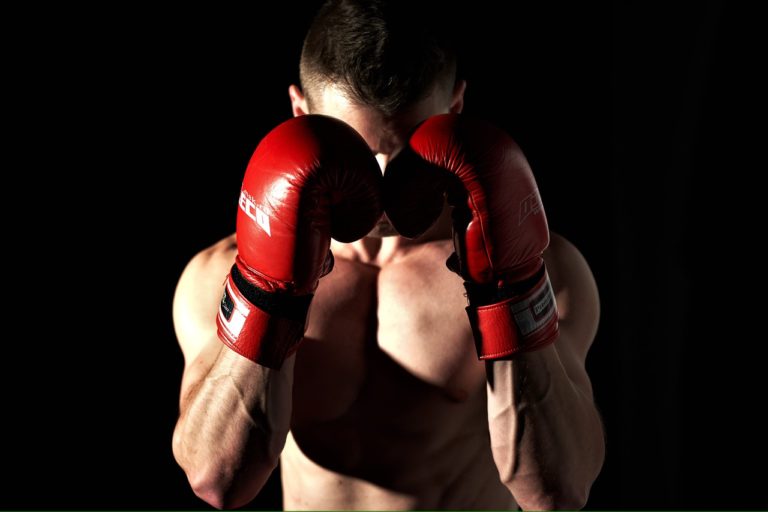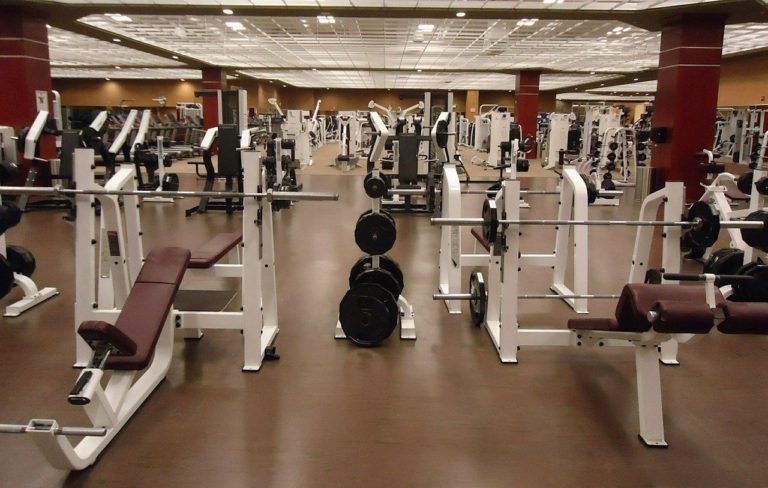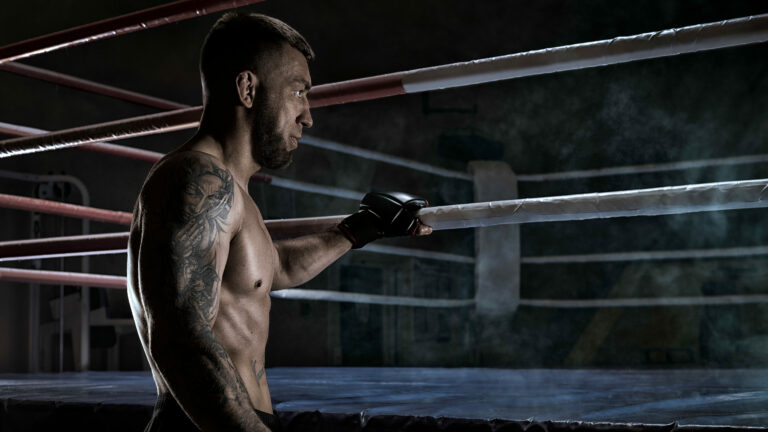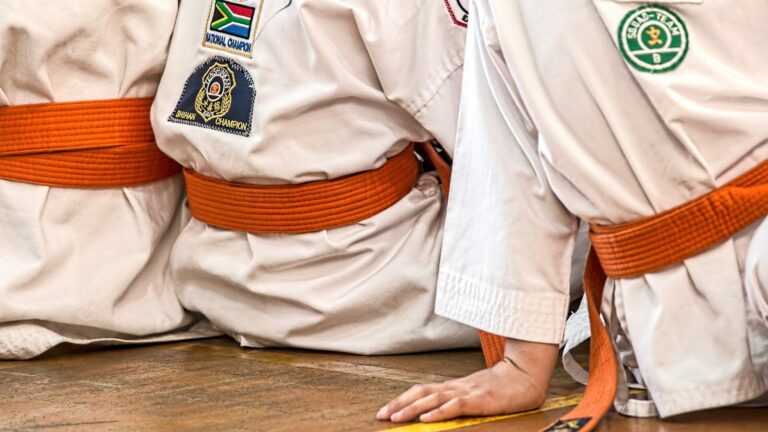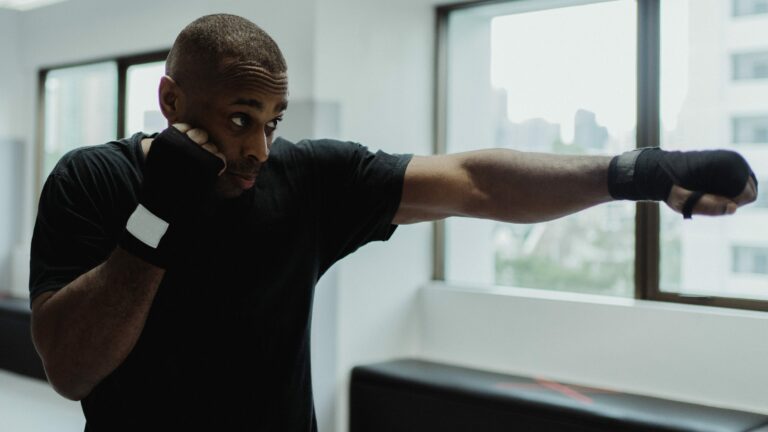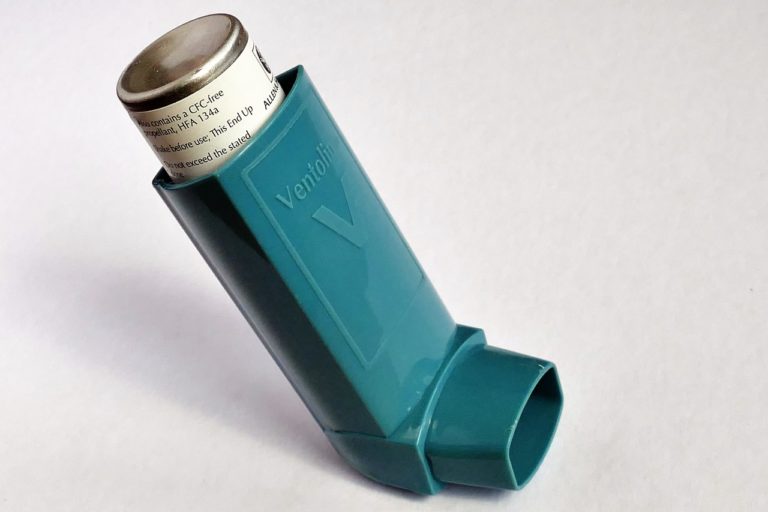Will Boxing Build Muscle? – Truth or Myth
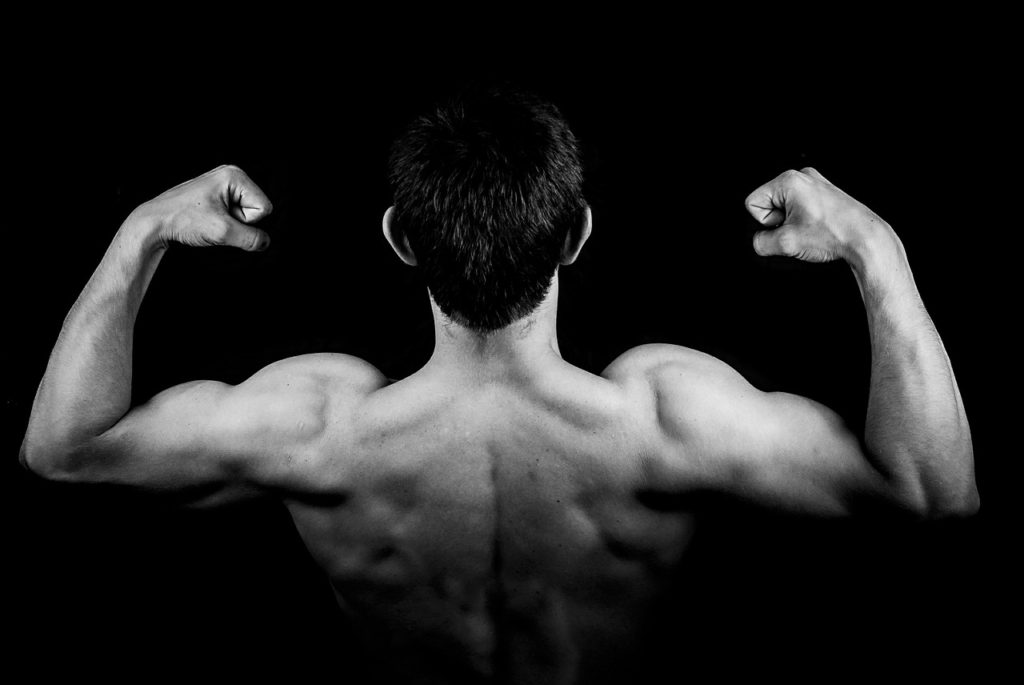
Boxing training will do very little for muscle gain. You can expect to see some muscle enlargement in a handful of particular areas in the body, but you’ll probably get more lean than big.
The dependence on cardiovascular endurance is the fundamental factor behind this phenomenon. With a quick look into the physical implications of boxing training, it’s unsurprising to see that muscle gains are minimal. That being said, there are boxers who happen to be muscular because of their genetics or because they incorporated weight-lifting into their training regime.
Generally speaking, getting into boxing is futile if you’re looking to increase muscle mass. You’ll definitely be in good condition after boxing, and you’ll probably look quite toned. However, in terms of size increase, don’t expect too much.
Boxers usually don’t care about their muscles because they don’t equate to punching power. Punching power is derived from technique, the type of muscle fibers you have, and how well you’re able to transfer your weight. Not from having big muscles. Having predominantly lean muscle can be advantageous in regards to things like weight cutting, but extra muscle mass usually serves no purpose in boxing.
What muscles does boxing work?
Nearly everything! But probably not in the way you want them to if you’re trying to gain muscle. Boxing training will make you incredibly strong overall. However, it won’t do much for your physique. In order to grow their muscles so that they look aesthetic, bodybuilders use training methods that isolate muscle groups. Boxers do the opposite of this as their entire body is needed to perform well instead of a singular muscle.
Listed below are some of the muscles that are worked through boxing training:
- Biceps
- Triceps
- Pectorals
- Hamstrings
- Calves
- Adbominals
- Trapezius
What is a typical boxing physique?
Physiques in boxing have a huge amount of variation. Some fighters are thin, others are muscular, and some carry quite a lot of fat. However, the physical condition of a fighter only tells half the story, often there are fighters who appear to be “out of shape”. For instance, our current heavyweight champion, Tyson Fury. Fury’s physique is frankly un-impressive, his genetics mean that he naturally carries quite a lot of fat, albeit, he carries plenty of muscle as well. However, despite this, he has put on some of the greatest performances in recent boxing by dethroning both Wladimir Klitschko and Deontay Wilder. Both of them look like professional athletes in peak physical condition but Fury put on masterful performances against both fighters.
However, think an example of a typical “good” physique in boxing would be Floyd Mayweather. He isn’t particularly big but he’s very well defined when he’s in fighting shape. While he is in good shape, he doesn’t look like someone who spends their life in the gym. However, boxing training is completely different from typical training in regular fitness gyms. There is no focus on aesthetics at all. Everything is about functionality. Being lean and muscular is a good indicator of physical condition for someone with Floyd Mayweather’s body type. However, this is simply a side effect of the training that he does.
Embed from Getty Images
What physique can I obtain from boxing?
This is one of the most frequently asked and difficult questions to answer because this depends mainly on your genetics and nutrition. As we mentioned earlier there are certain people like Tyson Fury who live in the gym and don’t have an impressive physique despite being in excellent fighting condition.
However, generally speaking, you can expect to see a toned physique with low body fat rather than large muscle gains. You can actually expect to lose weight through boxing training due to its intense nature providing you have the correct nutrition. This might give the perception of muscle increase because you are more well defined but in reality, you’ve simply lost some of the fat that was covering up your muscles. There may be some growth in your muscles but you’re much more likely to go down in weight rather than up.
However, a boxing physique isn’t a bad physique at all. It’s very athletic and you’re likely to have some muscle definition but don’t expect any of the crazy proportions that bodybuilders have. While their proportions and physique are aesthetic, they simply aren’t functional for fighting.
How to get a boxing physique
As we mentioned earlier, the stereotypical boxing physique is a toned, lean, but very natural physique. This kind of physique isn’t particularly difficult to obtain with the right nutrition and training.
If you trained boxing everyday and did plenty of bodyweight circuits with exercises like pull-ups, push-ups, and sit-ups, you should start to look more defined. Eating in a calorie deficit will also help you drop weight which will make you appear more muscular. Lifting weights will also help you lose fat and can greatly improve your physique if you have access to them.
Providing that you’re not bulking by lifting heavy and eating in a calorie surplus, you should be able to achieve a toned, lean “boxer’s” physique. While this kind of physique isn’t always the best for boxing, it is probably the most common, if you’d like to learn more about boxing physiques, check out our article on The Best Body Types For Boxing.
Are big muscles bad for boxing?
The answer to this question is how you define “big muscles”. There are plenty of great boxers, especially heavyweights, that have muscular physiques like George Foreman, Anthony Joshua, Wladimir Klitschko, and Evander Holyfield. Muscles aren’t necessarily bad providing that they aren’t detrimental to your mobility.
However, bigger muscles will require more oxygen and may cause fighters to fatigue quicker. But this depends on a multitude of factors that we can’t possibly measure. The point being, if you’re naturally quite muscular, or come from a weight-lifting background, that’s not a necessarily bad thing for boxing.
The problems really start to occur when muscles hinder your boxing ability. Carrying around lots of extra weight and muscles will simply drain your body in a boxing match so if you already box competitively. The fighters we mentioned above naturally had a large frame with a Mesomorph body type which meant they were able to box while having large muscles that didn’t affect their performances. However, their physiques still aren’t even comparable to bodybuilders. They look muscular and athletic but they don’t have lots of excess mass. They are still relatively trim and look natural.
Embed from Getty ImagesFor context pictured above is Anthony Joshua. AJ looks well built but he still has relatively normal proportions. His waist isn’t much narrower than his shoulders and while his upper body muscles are well defined, there’s nothing there that could potentially harm his boxing ability. He’s still carrying a little fat and looks incredibly healthy and fit. For someone with AJ’s height and build, carrying around this level of muscle is completely fine for boxing.
Conclusions
Boxing training will help strengthen and may grow your muscles slightly. However, as we mentioned earlier, you’re much more likely to go down in weight rather and up from pure boxing training. You may appear more toned but that will be due to the loss of fat that was covering your muscles.
If you’re looking to box with the intention of getting big muscles, I wouldn’t bother. You can get a much better physique by going to a normal gym and lifting weights while eating a clean diet. Boxing training is designed to get you a condition where you’ll be able to fight at an extreme pace for 12 rounds. Weightlifting, however, will make you stronger and look good.

